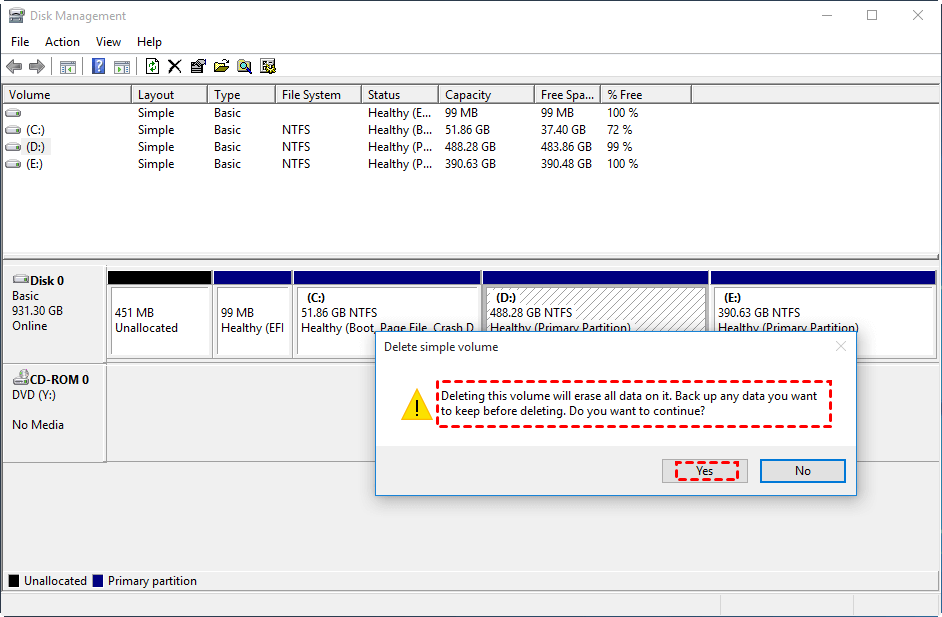

The simplest case is deleting a single empty directory. The difference between rm and rmdir is that rmdir can only delete directories that are empty. There is another command, called rmdir, that you can use to delete directories. Consult the command’s manual page for more information. If you get something wrong, you could accidentally delete all your system files. The rm command also has -one-file-system, -no-preserve-root, -preserve-root options, but those are only recommended for advanced users. You can also supply a path to the tree command to cause it to start the tree from another directory in the file system.

Running the tree command produces a simple to understand diagram of the directory structure and files beneath the directory from which it is run. On other Linux distributions, use your Linux distribution’s package management tool instead. Use apt-get to install this package onto your system if you’re using Ubuntu or another Debian-based distribution. To gain an understanding of the directory structure and the files that will be deleted by the rm -rf command, use the tree command.

It’s dangerous, and caution is the best policy. Making a mistake with the rm -rf command could cause data loss or system malfunction. If a directory or a file is write-protected, you will be prompted to confirm the deletion. To delete directories that are not empty and to suppress these prompts, use the -r (recursive) and -f (force) options together. To be clear, this removes the directories and all files and sub-directories contained within them. To delete directories that are not empty, use the -r (recursive) option. rm -d directory1 directory2 /path/to/director圓 Providing more than one directory name deletes all of the specified empty directories.


 0 kommentar(er)
0 kommentar(er)
